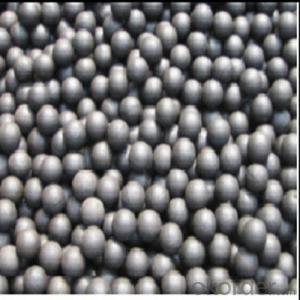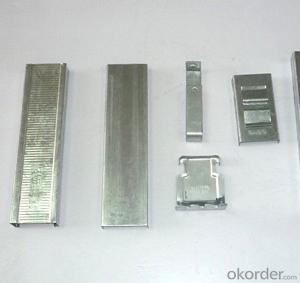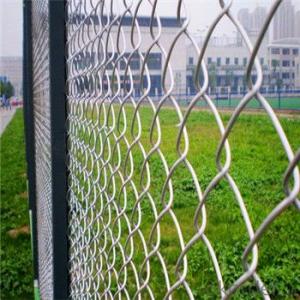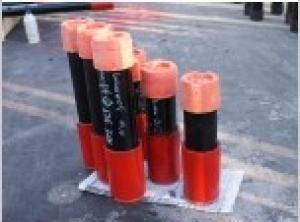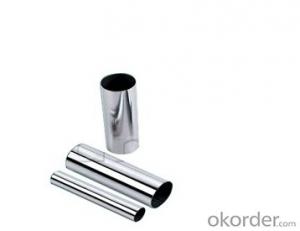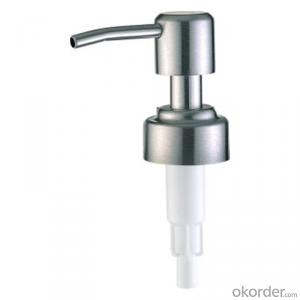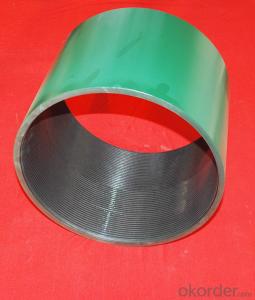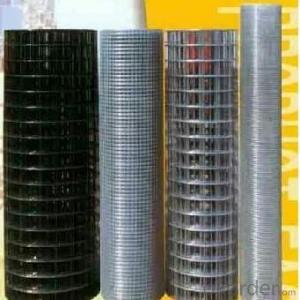3/8 In Stainless Steel Tubing
3/8 In Stainless Steel Tubing Related Searches
Best Paint For Stainless Steel Blanket Insulation For Steel Buildings Primer For Galvanized Steel Foam Filter For Stainless Steel H S Code For Stainless Steel Surface Grinding Wheels For Stainless Steel Surface Grinding Wheels For Hardened Steel Hole Saw For Stainless Steel Paint For Stainless Steel Stainless Steel For BbqHot Searches
Steel Mesh Panels For Sale Price For Stainless Steel Scrap Scrap Price For Stainless Steel Price For Stainless Steel Stainless Steel Tank For Sale Stainless Steel Sheets For Sale Cheap High Tea Sets For Sale Stainless Steel Tanks For Sale Stainless Steel For Sale High Density Fiberboard For Sale Solar Hot Water Collectors For Sale Scaffolding For Sale In Uae Scaffolding For Sale In Ireland Scaffolding For Sale In Houston Type Of Inverter For Solar Price Of Shipping Containers For Sale Types Of Inverter For Solar Stock Price For Aluminum Used Solar Inverter For Sale Steel Mesh Panels For Sale3/8 In Stainless Steel Tubing Supplier & Manufacturer from China
Okorder.com is a professional 3/8 In Stainless Steel Tubing supplier & manufacturer, offers integrated one-stop services including real-time quoting and online cargo tracking. We are funded by CNBM Group, a Fortune 500 enterprise and the largest 3/8 In Stainless Steel Tubing firm in China.Hot Products
FAQ
- To remove oil stains from stainless steel sheets, you can follow these steps: 1. Start by wiping the stained area with a clean cloth or paper towel to remove any excess oil or grease. 2. Mix a mild dish soap with warm water in a bowl or bucket. Dip a soft sponge or cloth into the soapy solution and gently scrub the stained area in circular motions. 3. For tougher stains, you can use a non-abrasive cleaner specifically designed for stainless steel. Apply a small amount of the cleaner to the stained area and use a soft cloth to rub it in. Be sure to follow the manufacturer's instructions for the cleaner. 4. Rinse the area thoroughly with warm water to remove any soap residue. 5. To further restore the shine and remove any remaining stains, you can create a paste using baking soda and water. Apply the paste to the stained area and let it sit for a few minutes. Then, scrub gently with a soft cloth or sponge. Rinse with warm water and dry with a clean towel. 6. To prevent future stains, consider using a stainless steel cleaner or polish. These products can help maintain the shine and make it easier to clean any spills or stains that may occur. Remember to always test any cleaning product or method on a small, inconspicuous area of the stainless steel sheet before applying it to the entire surface. Additionally, avoid using abrasive materials or scrub brushes with harsh bristles as they can scratch the stainless steel.
- Yes, stainless steel sheets are highly suitable for food processing and storage. Stainless steel is a popular choice in the food industry due to its numerous benefits. Firstly, stainless steel is a non-reactive material, meaning it does not release any harmful chemicals or flavors into the food. This makes it safe for storing and processing various types of food, including acidic and alkaline ingredients. Stainless steel is also resistant to corrosion and rust, ensuring the hygiene and longevity of the food products. Moreover, stainless steel has excellent heat resistance, allowing it to withstand high temperatures during cooking and processing without warping or deforming. It also has a smooth and non-porous surface, which makes it easy to clean and maintain. This is particularly important in food processing facilities where maintaining cleanliness and hygiene is crucial. Additionally, stainless steel is a durable material that can withstand heavy usage and frequent cleaning. It is resistant to impact, staining, and scratching, making it ideal for food processing equipment and storage containers that are subject to regular wear and tear. Overall, stainless steel sheets are highly suitable for food processing and storage due to their non-reactive nature, corrosion resistance, heat resistance, easy maintenance, and durability. They provide a safe and hygienic environment for food processing, ensuring the quality and integrity of the food products.
- The supplier and customer requirements can cause variations in the maximum width of stainless steel sheets. Typically, these sheets come in widths ranging from 36 inches (91.44 cm) to 72 inches (182.88 cm). However, certain specialty suppliers may have wider options, exceeding 96 inches (243.84 cm) or even more. It is crucial to consider that wider sheets might incur higher production expenses and longer delivery times. Therefore, customers should consult their supplier to ascertain the maximum width suitable for their particular demands.
- There are various types of stainless steel sheet embossing patterns available, including diamond, linen, quilted, hammered, and checker plate.
- The maximum length for stainless steel sheets can differ based on the supplier and the grade of stainless steel in question. Typically, stainless steel sheets can be found in lengths that span from 96 inches (8 feet) to 240 inches (20 feet). In certain circumstances or upon request, suppliers may provide even lengthier sheets, reaching up to 300 inches (25 feet) for particular applications. To ascertain the maximum length available for the specific stainless steel sheet you need, it is crucial to consult with the supplier.
- There are several different types of stainless steel sheet grades available, each with its own unique properties and applications. Some of the most common stainless steel sheet grades include: 1. Austenitic stainless steel: This is the most widely used type of stainless steel, known for its excellent corrosion resistance and high ductility. It is non-magnetic and can be easily formed and welded. Grades within this category include 304 and 316. 2. Ferritic stainless steel: Ferritic stainless steel is known for its magnetic properties and excellent resistance to corrosion, particularly in high-temperature environments. It is less ductile than austenitic stainless steel but offers good strength and formability. Common grades in this category include 430 and 409. 3. Martensitic stainless steel: Martensitic stainless steel is characterized by its high strength, hardness, and wear resistance. It is often used in applications where toughness and corrosion resistance are less important. Popular grades within this category include 410 and 420. 4. Duplex stainless steel: Duplex stainless steel is a combination of austenitic and ferritic stainless steels, offering a unique blend of strength, corrosion resistance, and cost-effectiveness. It is highly resistant to stress corrosion cracking and is often used in industries such as oil and gas, chemical processing, and marine applications. Common grades in this category include 2205 and 2507. 5. Precipitation hardening stainless steel: Precipitation hardening stainless steel is heat-treatable and offers high strength and corrosion resistance. It is often used in aerospace and high-performance applications where a combination of strength and corrosion resistance is required. Popular grades within this category include 17-4 PH and 15-5 PH. These are just a few examples of the different types of stainless steel sheet grades available. Each grade has its own specific characteristics and is selected based on the desired properties and intended application.
- A variety of stainless steel sheet finishes are accessible, each possessing distinctive traits and appearances. Some of the most prevalent finishes comprise: 1. No.1 Finish: Termed "hot rolled annealed and pickled" (HRAP), this finish is the most fundamental and widely employed. It exhibits a dull, coarse surface with visible grain lines. 2. No.2B Finish: By cold rolling the stainless steel sheet and subsequently annealing it in a controlled environment, this finish is achieved. It possesses a smooth, reflective surface with a slight haze. 3. No.2D Finish: Similar to No.2B, this finish is acquired through cold rolling and annealing. However, it has a marginally rougher surface and is commonly utilized for applications not necessitating a highly reflective finish. 4. No.3 Finish: By meticulously polishing the stainless steel sheet using abrasive belts or brushes, this finish is accomplished. It presents a semi-reflective surface with a grainy appearance. 5. No.4 Finish: Termed "brushed finish," this finish is attained by utilizing fine abrasive belts or brushes to create a consistent, linear grain pattern on the surface. It exhibits a matte appearance and is typically employed in architectural and decorative applications. 6. No.6 Finish: Through further polishing the stainless steel with finer abrasives, this finish is realized, resulting in a smoother and more reflective surface. 7. No.7 Finish: Analogous to No.6, this finish is accomplished by employing even finer abrasives, culminating in a highly reflective surface with a mirror-like appearance. 8. No.8 Finish: Also known as the "mirror finish," this represents the highest level of polish achievable on stainless steel. It showcases a flawless, reflective surface that is frequently utilized in decorative and high-end applications. Besides these conventional finishes, there are also specialized finishes obtainable, such as embossed, patterned, or colored finishes, which can further augment the aesthetic allure of stainless steel sheets. The selection of a finish relies on the specific application and desired appearance, with each finish offering its own distinct advantages and characteristics.
- What's the price of 06cr19ni10 and 304 stainless steel?
- In order to maintain the inherent corrosion resistance of stainless steel, steel must contain more than 16% chromium, more than 8% of the nickel content. 304 stainless steel is a brand of stainless steel produced according to the ASTM standard in the United states.







